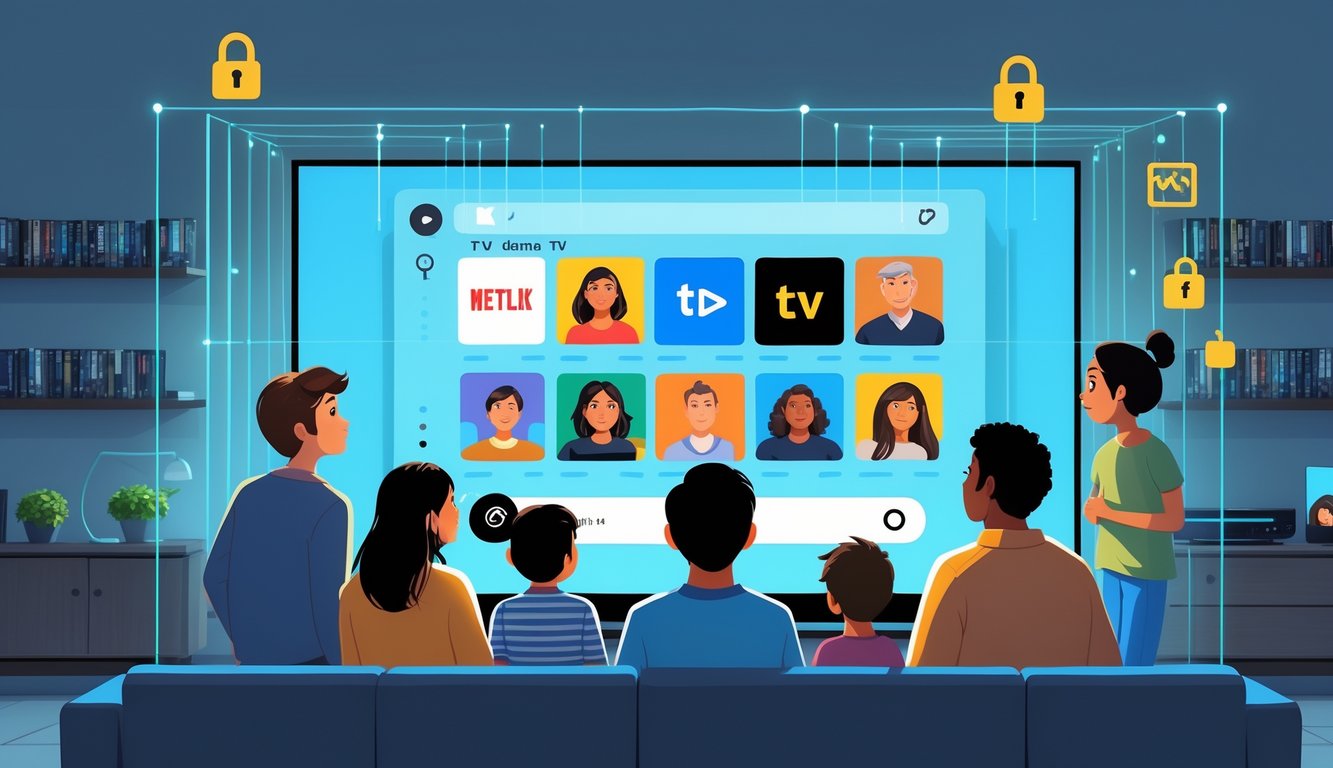
Hulu and Peacock
Hulu. Oh man. You sign up, you get ads. You pay more, you get…slightly fewer ads. “Limited commercials” is a joke. And the catalog? I queue up something on Friday, it’s gone by Monday. Licensing deals with NBCUniversal, FX, whoever—nobody tells you what’s about to disappear unless you go hunting through ancient blog posts. I once DM’d Hulu support and they basically shrugged.
Peacock? Supposed to be the home of The Office, Premier League, all that. Now it’s just a mess of tiers—some games and shows behind extra paywalls, next-day episodes only for “premium,” and their Smart TV login resets more than my old modem. (Actual support chat in October 2024: “Try rebooting your modem.” That’s it. Thanks.) Subscription levels, ad models, device limits—it’s like they’re making it up as they go. I’ve seen whole Reddit threads about people getting locked out for no reason, or getting told they have too many devices when they only use two.
HBO Max and Max
Explaining the HBO Max/Max rebrand is like trying to teach calculus to a goldfish. One day you’re watching The Last of Us, next day the app’s blue and your password’s dead. That May 2023 rebrand—total chaos. I lost my watchlist, couldn’t find HBO originals, and nobody at support had a clue.
Now it’s just “Max” in the US and Australia. They layer on rules like some kind of bad birthday cake. New movies? Sometimes you get them for 45 days, then they vanish for months (Variety confirmed this, I checked). Offline downloads? Only on the most expensive plan, and they self-delete after 30 days, which is just…why? Want to stream outside your home region? Forget it. I tried logging in from Europe with my Aussie account—instant “not available in your country.” Five-device limit, but password sharing? Not really enforced, but customer service keeps hinting that they might crack down soon. Max Originals rotate less, but if you’re streaming-only, you’ll still miss out on stuff that’s only on cable. Makes no sense.
Emerging Services and Platform Strategies
How many subscriptions does one person need? Every platform dangles exclusives, then yanks them away, or throws a “free trial” at you so you get halfway through a show and then—boom—paywall. Subscription hikes, limited-time offers, everything moving around. I can’t keep up, and honestly, I don’t think I want to.
Paramount and Apple TV+
Paramount just dropped another Star Trek spin-off (third one? fourth? who’s counting), but it’s locked behind yet another “premium” tier, and sometimes bundled with Showtime for reasons nobody understands. Too many spin-offs, not enough time. And if you want the old series? Regional licensing deals block half of them. VPN? Sometimes works, mostly doesn’t.
Apple TV+ keeps hyping their prestige stuff—Ted Lasso, Severance, all those “award-winning” shows. But their catalog is tiny. Statista says fewer than 200 originals (2024), but apparently most of them get Emmy nods. So, quality over quantity, I guess? Unless you’re not into what they’re pushing. I keep getting “Slow Horses” in my recs, but all I want is a dumb action flick. Not happening.
Amazon Prime Video Innovations
Amazon. Where to start? They split Prime Video into “standard” and “ad-free,” and you pay extra even if you already have Prime shipping. Jeff Bezos can launch a rocket but can’t make a decent app. New releases (like Fallout) land on Prime, then disappear to paid rental. What’s included, what’s not? No clue.
Here’s the kicker: live sports like NFL Thursday Night Football show up, half the country signs up, then cancels as soon as the season ends. Nielsen says half of new Prime subs bail within two months. Makes sense. And their recommendation engine? Somehow always buries the indie films and international stuff. I bookmark a movie, come back later, and it’s gone—no warning, just vanished. The “digital shelf” is a lie.
How Subscription Plans Impact What You Can Watch
Look, last month Netflix just booted me mid-binge. Didn’t matter what plan I had—premium, standard, ultimate, whatever—each means something different, and I can never remember which. Try sharing a password with your cousin in Vancouver? Suddenly you’re blocked, same episode, two homes, zero logic.
Tiered Subscriptions
Open four apps, close three, lose your mind. Netflix “Standard” is $15.49/month (How-To Geek, 2024), two screens max. “Ultimate” or Premium at $23? Four devices, 4K, HDR10—assuming your TV and internet can handle it. Hulu, Disney+, Prime Video—each has its own rules. Three screens, four, sometimes only one. I never know which plan I’m on, so when someone else logs in, I get kicked out and the app blames “simultaneous streams.” The real trick? They gatekeep everything. Want to share with your ex, your parents, your dog? Good luck. It’s all buried in the fine print. I once asked support if the tiers ever change—just got a laugh, nothing else.
Paywalls and Premium Features
Click “play,” get a lock icon. Paywalls everywhere. HBO Max—sorry, “Max”—lets you download for flights, but only on one plan. Want sports in Dolby Vision? Gotta pay more. There’s always a catch, and it always shows up after you’ve paid.
A friend bragged about “unlocking ultimate content” with his new sub, but then NBA games were blacked out—turns out he needed yet another upgrade. Amazon Prime lets three streams, sometimes four, but never tells you which titles. I tried to watch a finale early, but it was “early access” for Ultimate members only. FAQ? Who reads those?
If a feature’s behind another button, it’s probably another paywall. Stuff that should be basic—offline viewing, 4K, parental controls—ends up costing extra, or is only in the highest tier. Even the support bots get confused; one told me “standard subscribers receive all benefits,” but the fine print always says otherwise.



